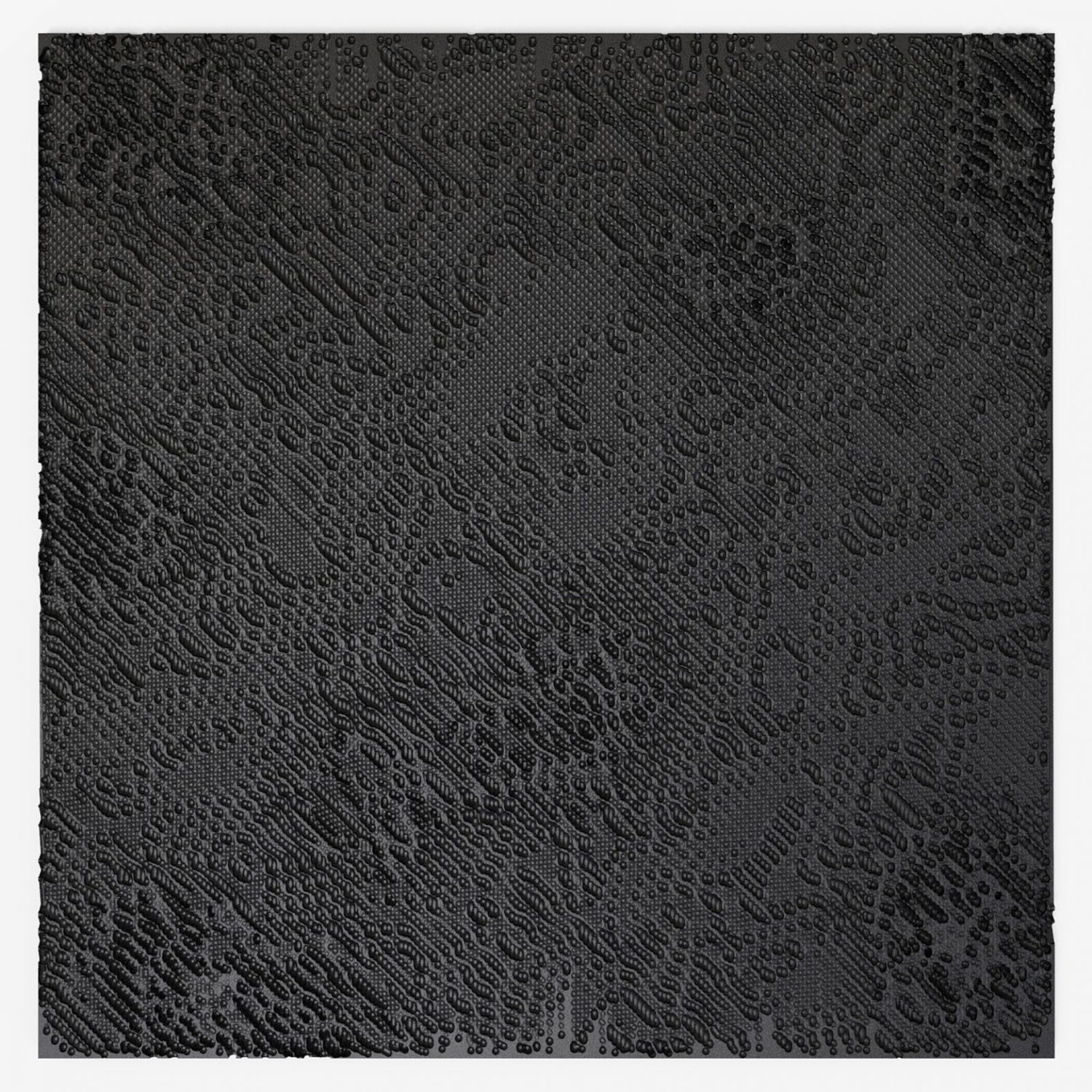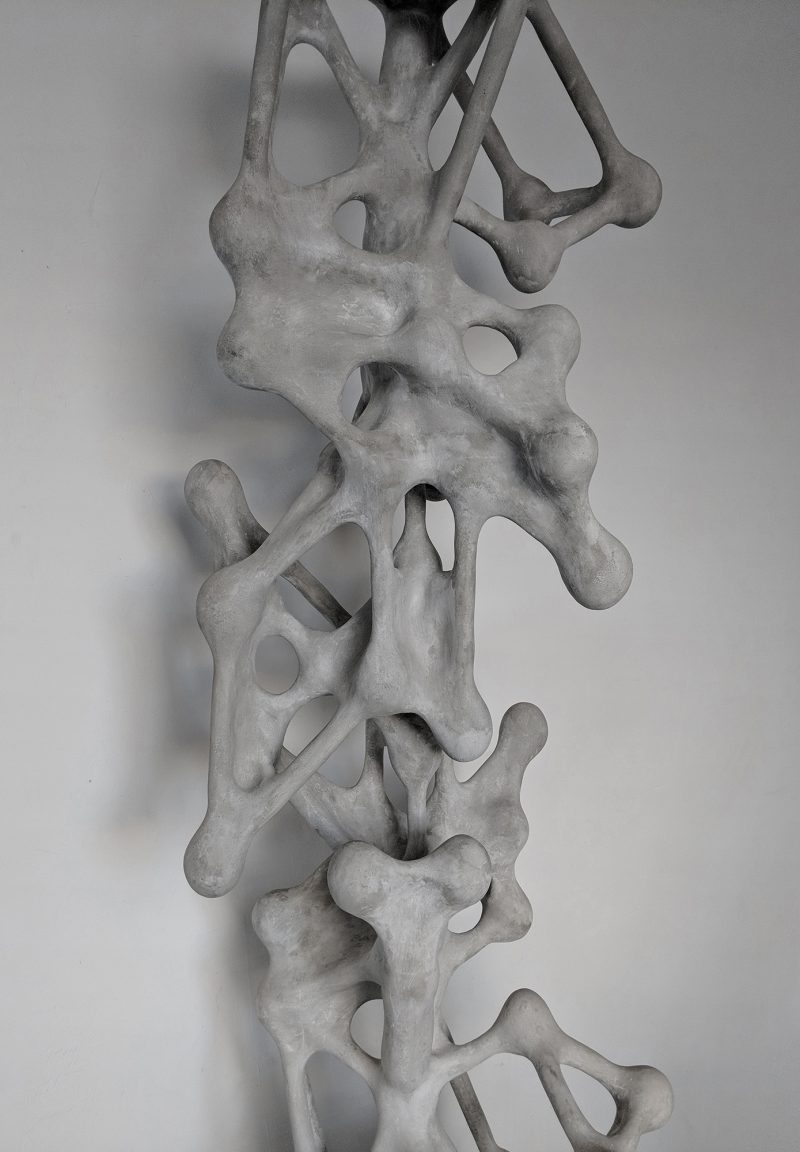After graduating from the Architectural Association, Daniel Widrig worked for several years with Zaha Hadid where he was significantly involved in designing some of Hadid's most iconic buildings and products.
Daniel Widrig's studio now works in a broad range of fields including sculpture, fashion, furniture, design and architecture. Embracing digital systems since its early days, the studio holds a unique position in the field and is widely considered to be in the vanguard of digital art and design.
Widrig wanted his product to consume as little machine time and as little material waste as possible, and to "overcome the limits of additive manufacturing."
"The chair has been designed to satisfy both the ergonomic constraints of the human body, as well as the ergonomics of the robotic arm that prints it," said Widrig.















